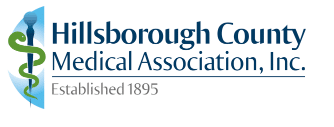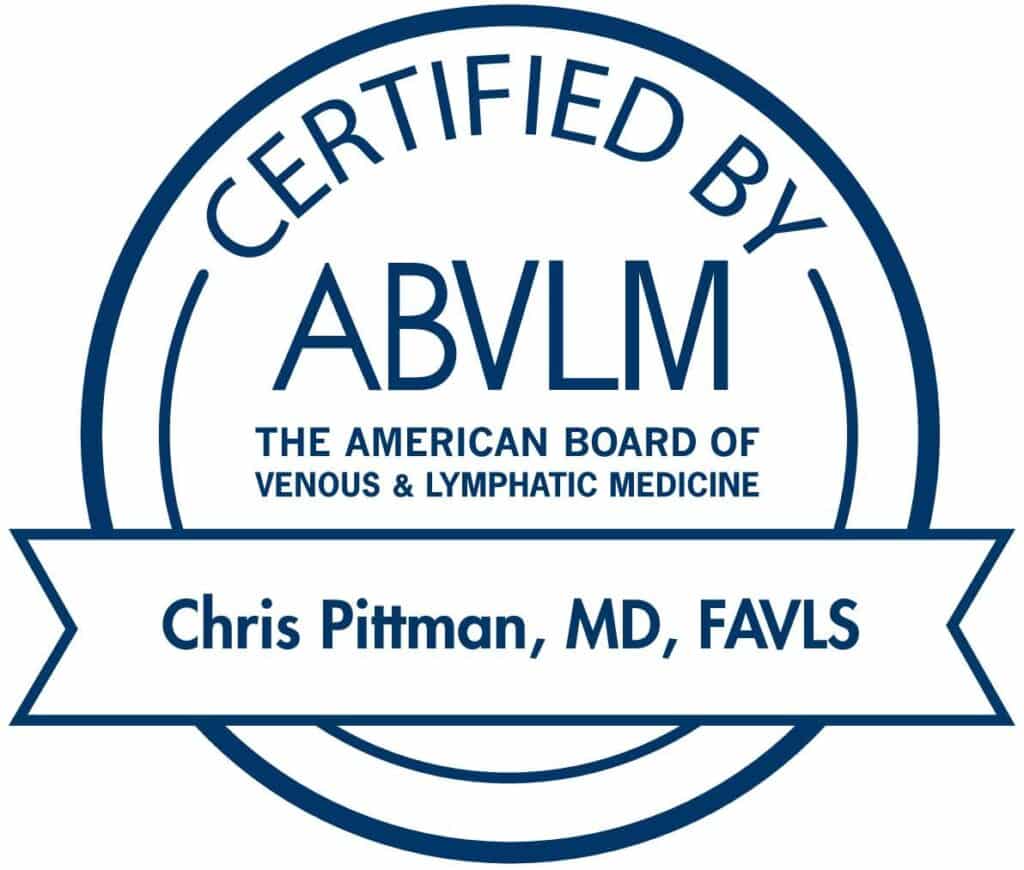Having low blood pressure is not a good feeling. It can mean dizziness, shaking, nausea, and even fainting, along with other issues and concerns. But one of the most important things to know about low blood pressure is what’s causing it. That way it can be more easily treated. Heart problems, thyroid conditions, diabetes, and dehydration can all be culprits. But one surprising cause of blood pressure that’s too low, and a cause that most people don’t think about, is varicose veins. With these veins not working properly, they can fail to get blood back to the heart efficiently, resulting in a drop in your blood pressure.
A Varicose Vein Issue Should Be Treated
No matter what the cause of a varicose vein issue, or what kinds of symptoms it’s producing, it should be treated. That way you can get back to living your life, and you don’t have to worry about any pain or discomfort from the vein issue. You can also potentially reduce any instances of low blood pressure, because correcting veins that aren’t working the right way may help blood get to the heart faster and easier. Depending on whether these veins are the only cause of blood pressure issues or just part of the problem, there could still be benefits and an improvement even if the entire problem isn’t completely corrected.
It’s About More Than Just Low Blood Pressure
Blood pressure problems aren’t anything to take lightly. Many people worry that their blood pressure is too high, but they don’t consider the fact that it being too low could also be a concern for their health. That’s often because high blood pressure is a medical issue that’s in the news and talked about by doctors frequently. It’s a serious concern, of course, but the idea that blood pressure can be too low and also be problematic isn’t one that’s talked about nearly as much. Additionally, there are other types of problems that can be caused by varicose veins, so the entire focus shouldn’t be on your blood pressure.
Vein Problems Can Lead to Blood Clots
With the right vein treatment, you can reduce your chances of blood clots as well as improving any blood pressure concerns. That’s because a blood clot can form in a varicose vein more easily than in a vein that’s operating the way it should be. Fortunately, there are ways to reduce all types of vein issues and improve the circulatory system as much as possible. Because blood clots are a serious issue, as is low blood pressure, treating vein problems is something that should be taken more seriously than it often is by patients. By ensuring that they are working with their doctor for help and support, risks can be much lower.
Work With Your Doctor to Correct Vein Concerns
The best way to address vein issues is to work closely with your doctor. That way you can discuss low blood pressure, the chance of a blood clot, and other concerns you might have about the way your legs look and feel. Whether you choose to treat vein problems because of their relation to your blood pressure or simply because you are concerned about cosmetic issues, a doctor can give you information on treatment choices so you can select the one that’s right for you.











